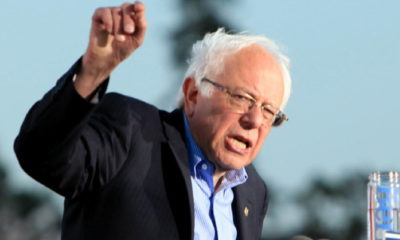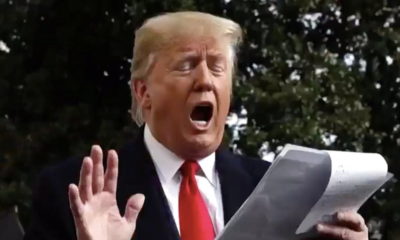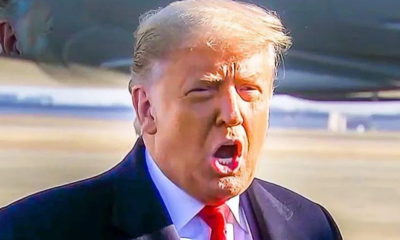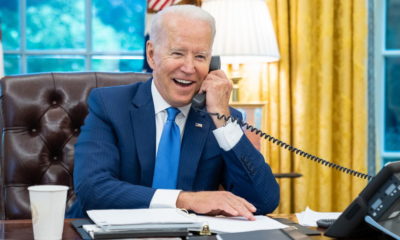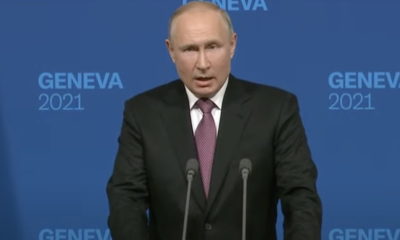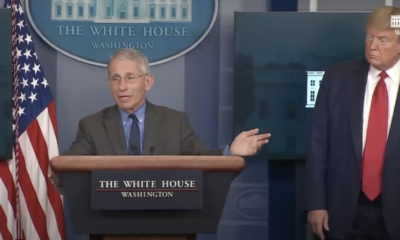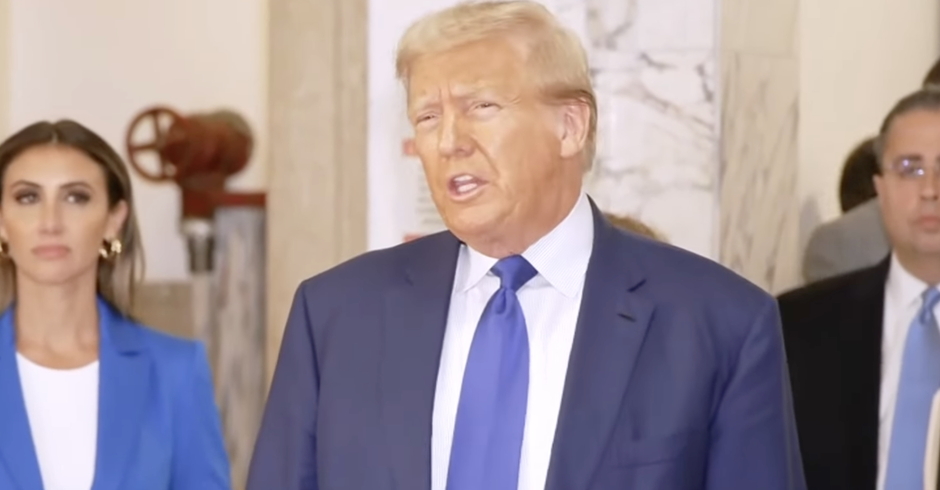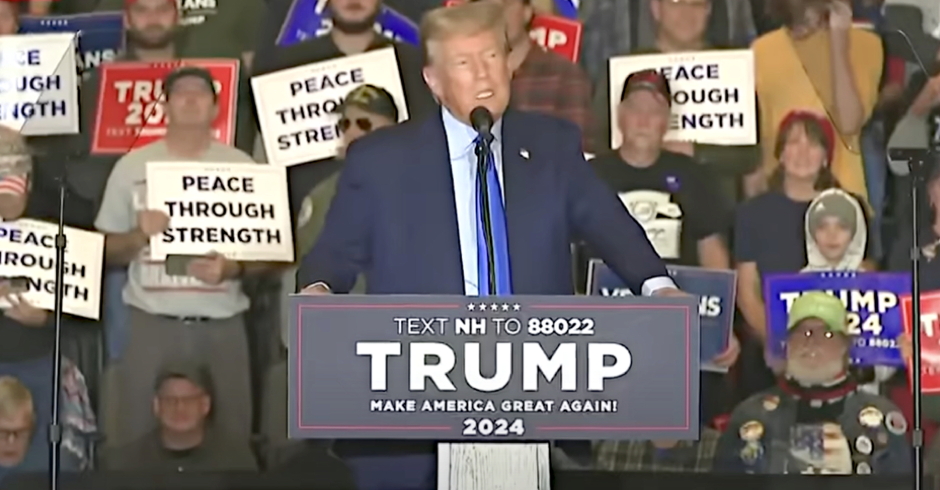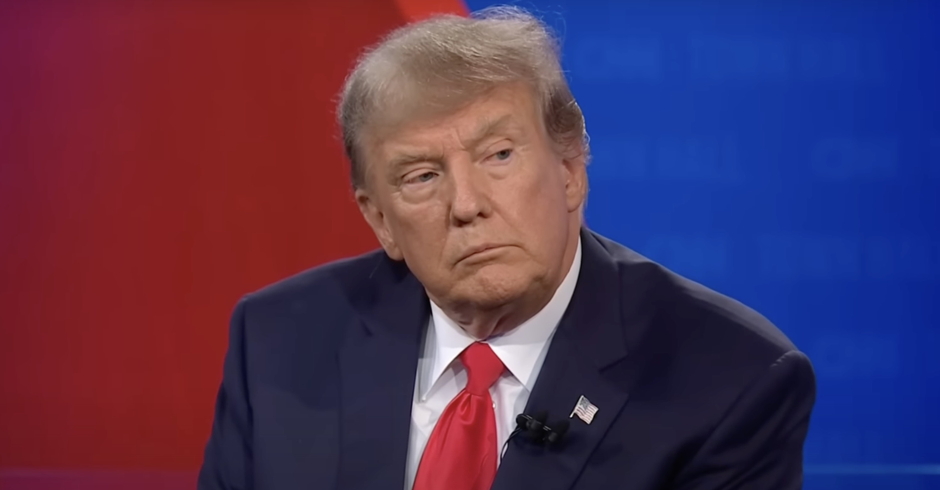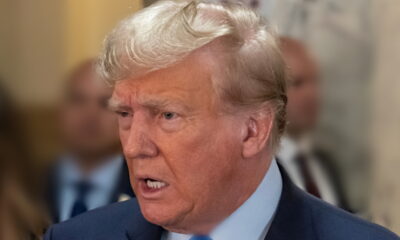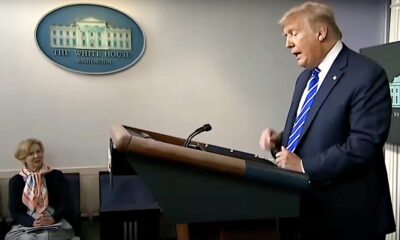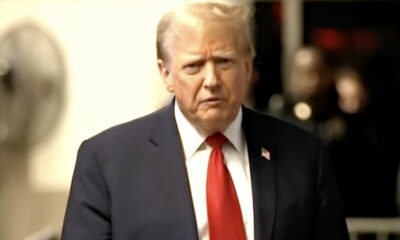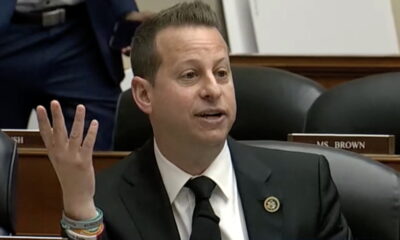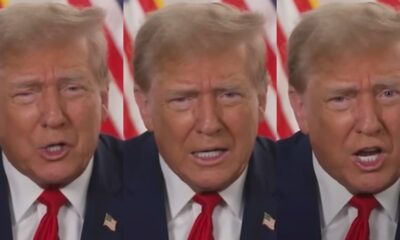BAD PRESIDENT
Trump Cancels Pay Raise Due to Civilian Federal Workers
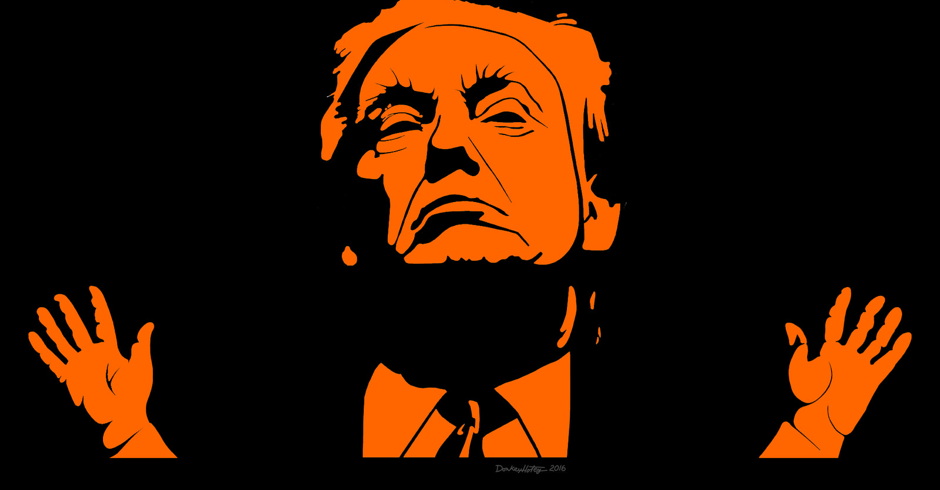
Civilian federal workers are reeling after Trump canceled pay raises due to them in January. Trump is nixing a minuscule 2.1 percent across-the-board raise for most workers, as well as separate locality pay increases averaging 25.7 percent.
The announcement was ill-timed for most; Trump made his declaration right before Labor Day.
“Trump has delivered yet another slap in the face to American workers,” said Democratic National Committee Chairman Tom Perez.
The 45th POTUS informed Congress on Thursday that budget constraints wouldn’t allow room for raises already earned by federal employees.
“We must maintain efforts to put our nation on a fiscally sustainable course, and Federal agency budgets cannot sustain such increases,” Trump said. “I have determined that for 2019, both across the board pay increases and locality pay increases will be set at zero.”
“Zero. This seems to be how much respect President Trump has for federal workers,” wrote Sen. Ben Cardin, D-Maryland, in a statement. “It is outrageous and hypocritical that after spending billions of taxpayer dollars on unnecessary tax cuts for the wealthy and big corporations – and as the President boasts about the ‘great’ state of the American economy, that suddenly the White House finds that there is zero money left to pay a minimal cost-of-living adjustment to the patriotic, dedicated public servants.”
Pay for military personnel will not be affected. Service members will receive a 2.6% pay increase next year. He also signed a $716 billion defense spending bill earlier this month.
“Let’s be clear: The President’s decision to cancel any pay increase for federal employees is not motivated by a sudden onset of fiscal responsibility,” responded Sen. Mark Warner, D-Virginia. “Today’s announcement has nothing to do with making government more cost-efficient – it’s just the latest attack in the Trump administration’s war on federal employees.”
“President Trump’s plan to freeze wages for these patriotic workers next year ignores the fact that they are worse off today financially than they were at the start of the decade,” said J. David Cox Sr., national president of the American Federation of Government Employees, which represents some 700,000 federal workers.
“They have already endured years of little to no increases and their paychecks cannot stretch any further as education, health care costs, gas and other goods continue to get more expensive,” added Tony Reardon, national president of the National Treasury Employees Union.
CNN reported: “The state with the largest number of federal workers is California, followed by Virginia, the District of Columbia and Texas. States Trump won in 2016 – including Florida, Pennsylvania and Ohio – also rank high on the list of states where federal employees work.”
Will they vote for him in 2020?
Lawmakers are now considering a proposal that would allow for a much smaller boost in pay for civilian federal workers.
Enjoy this piece?
… then let us make a small request. The New Civil Rights Movement depends on readers like you to meet our ongoing expenses and continue producing quality progressive journalism. Three Silicon Valley giants consume 70 percent of all online advertising dollars, so we need your help to continue doing what we do.
NCRM is independent. You won’t find mainstream media bias here. From unflinching coverage of religious extremism, to spotlighting efforts to roll back our rights, NCRM continues to speak truth to power. America needs independent voices like NCRM to be sure no one is forgotten.
Every reader contribution, whatever the amount, makes a tremendous difference. Help ensure NCRM remains independent long into the future. Support progressive journalism with a one-time contribution to NCRM, or click here to become a subscriber. Thank you. Click here to donate by check.
 |

